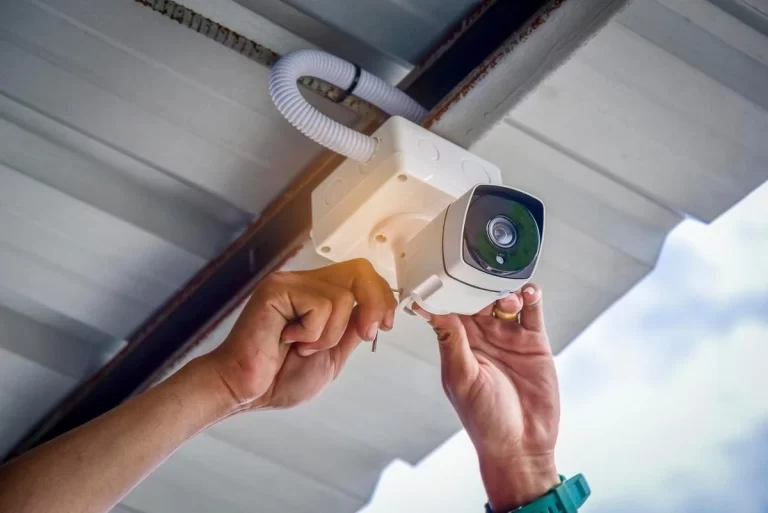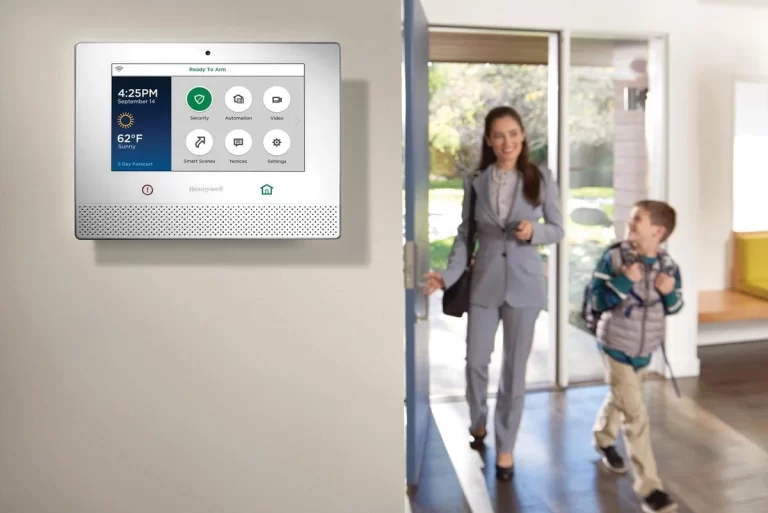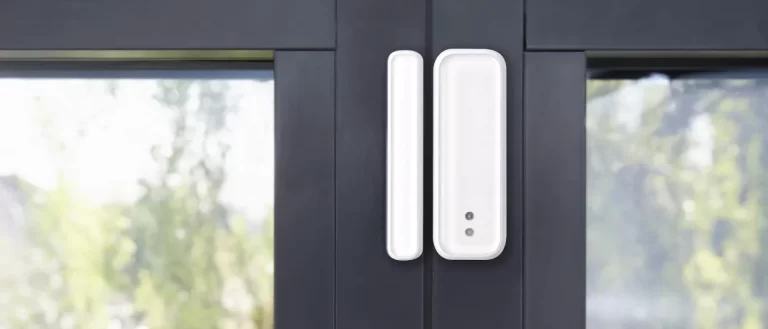What is the Purpose of a Smart House?
What is the purpose of a smart house? This article delves into the purpose and functionality of smart houses, exploring their benefits, components, challenges, and future prospects.

What is the Purpose of a Smart House?
A smart house is a modern dwelling that integrates internet-connected devices and advanced automation technologies to optimize and streamline various home functions.
These devices, often referred to as the Internet of Things (IoT) devices, communicate with each other through a central hub or a smartphone application, allowing homeowners to manage and monitor their homes remotely.
Evolution of Smart Houses
The concept of smart houses can be traced back to the early 20th century when inventors and visionaries explored the possibilities of automating household tasks.
However, it wasn’t until the 1970s that the first true smart house technology emerged.
Over the years, advancements in computing power, wireless communication, and artificial intelligence have led to the widespread adoption of smart houses across the globe.
How Smart Houses Work
Smart houses rely on a network of interconnected devices, sensors, and actuators to operate efficiently.
These devices collect data and analyze it, allowing homeowners to make informed decisions and trigger automated actions.
For instance, a smart thermostat can adjust the temperature based on the residents’ preferences or weather conditions, ensuring optimal energy usage.
Benefits of Smart Houses
Here are the benefits of smart houses:
1. Energy Efficiency and Sustainability
One of the primary purposes of a smart house is to promote energy efficiency and sustainability. By optimizing energy consumption, smart houses reduce their environmental footprint and help homeowners save on utility bills.
Automated lighting, smart thermostats, and energy-efficient appliances contribute to greener and more sustainable living.
2. Home Security and Safety
Enhanced security is another vital purpose of a smart house.
Smart security systems offer features like remote surveillance, motion detection, and doorbell cameras, providing homeowners with real-time alerts and peace of mind.
Moreover, smart smoke detectors and carbon monoxide sensors can swiftly respond to potential threats, ensuring the safety of occupants.
3. Convenience and Automation
Smart houses make daily living more convenient and effortless. With voice-controlled assistants, homeowners can manage multiple tasks simultaneously, such as adjusting the thermostat, playing music, or setting reminders.
Automation simplifies routine chores, giving occupants more time for leisure and relaxation.
Smart House Components and Devices
Here are some major components of a smart house:
1. Smart Lighting
Smart lighting systems enable users to control the brightness and color of their lights through mobile apps or voice commands.
They also offer features like scheduled lighting and motion-triggered illumination, enhancing security and energy efficiency.
2. Smart Thermostats
Smart thermostats allow homeowners to regulate indoor temperature remotely, learning and adapting to occupants’ preferences over time. This adaptability optimizes energy usage, reducing heating and cooling costs.
3. Smart Home Assistants
Virtual home assistants like Amazon Alexa and Google Assistant have become central to smart houses.
They can answer questions, control various devices, play music, and even order groceries, making them valuable companions for homeowners.
4. Smart Security Systems
Smart security systems integrate cameras, motion sensors, and door/window sensors to provide comprehensive home protection. They can send alerts to homeowners’ smartphones if any suspicious activity is detected.
5. Smart Appliances
From smart refrigerators that manage grocery lists to washing machines with built-in Wi-Fi capabilities, smart appliances offer convenience and efficiency in daily household tasks.
Challenges of Smart Houses

While smart houses offer a host of benefits, they also present certain challenges that must be addressed:
1. Privacy and Data Security
As smart houses collect vast amounts of data, privacy concerns arise. Manufacturers and service providers must prioritize data security to protect homeowners from potential cyber threats and breaches.
2. Cost and Affordability
The initial investment required to convert a traditional home into a smart house can be significant. Manufacturers must work towards making smart technologies more affordable and accessible to a broader audience.
3. Integration and Compatibility
With various smart devices and technologies available, ensuring seamless integration and compatibility between different brands and systems can be a challenge.
4. Future of Smart Houses
The future of smart houses holds tremendous potential for innovation and advancement.
As technology progresses, we can expect more sophisticated AI-powered systems that understand and cater to occupants’ preferences without explicit commands.
Additionally, smart houses are likely to play a crucial role in creating sustainable, eco-friendly communities.
Conclusion
Smart houses represent a groundbreaking paradigm shift in modern living. The purpose of a smart house is to create an intelligent living environment that maximizes comfort, energy efficiency, and security.
Through interconnected devices and advanced automation, smart houses offer convenience, safety, and sustainability to homeowners.
While challenges such as privacy and cost exist, the future of smart houses looks promising, with continuous advancements shaping the way we live in harmony with technology.
READ ALSO!!!





